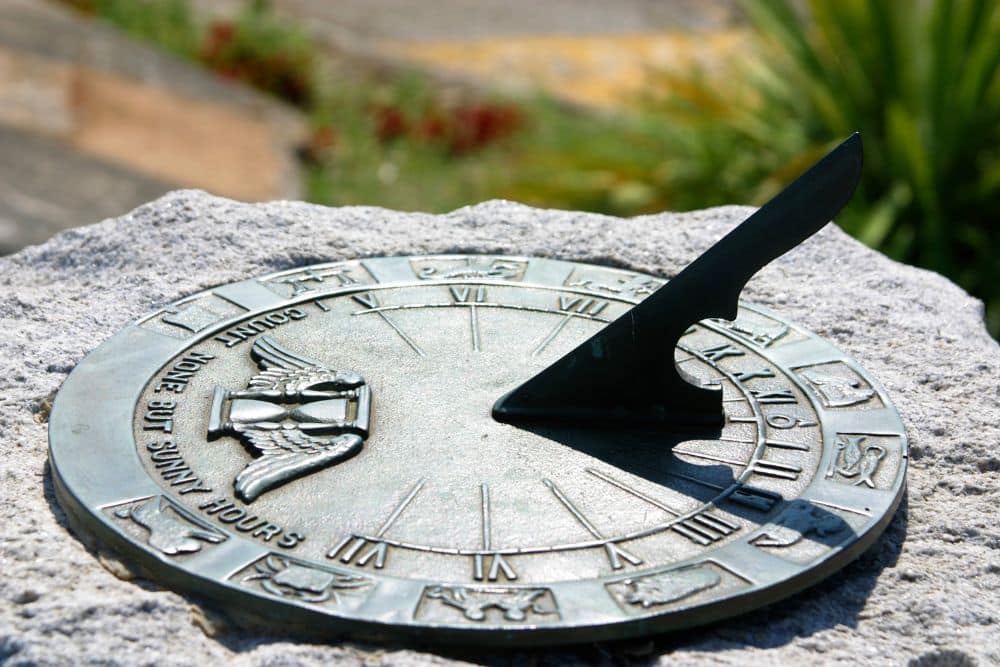The invention of watches marks a significant milestone in human history, reflecting our long-standing fascination with measuring time. This article delves into the origins and evolution of watches, a journey that spans several centuries.
The Dawn of Timekeeping: From Sundials to Water Clocks
Long before the invention of mechanical watches, ancient civilizations were devising methods to track time. The Egyptians used obelisks as early as 3500 BC, functioning as sundials to gauge time through the shadow cast by the sun. Similarly, water clocks, known as clepsydras, were utilized in various cultures, including China and Greece, to measure time intervals using the flow of water.
The Middle Ages: The Emergence of Mechanical Clocks
The transition to mechanical timekeeping began in the Middle Ages. Monasteries, needing to adhere to a strict prayer schedule, played a pivotal role in this development. The earliest mechanical clocks, which appeared in the late 13th century, were large, weight-driven devices installed in church towers. These clocks, though revolutionary, lacked dials or hands and merely struck bells at set hours.
The Renaissance: Miniaturization and Portability
The Renaissance period witnessed a leap in clockmaking techniques, leading to the miniaturization of timekeeping devices. This era marked the transition from large public clocks to smaller, personal timepieces. The first true portable clocks, precursors to the watch, emerged in the 15th century. These spring-driven clocks were a breakthrough, as they didn’t require weights and could be carried.
The Birth of the Watch: Peter Henlein and the Nuremberg Egg
The invention of the watch is often attributed to Peter Henlein, a German locksmith and clockmaker, in the early 16th century. Around 1510, Henlein created one of the first watches, known as the “Nuremberg Egg.” These early watches were worn as pendants or attached to clothing, not yet worn on the wrist. Their accuracy was limited, often deviating by several hours a day.
The 17th Century: Refinement and Accuracy
The 17th century brought significant advancements in watchmaking. The introduction of the balance spring by Christiaan Huygens in 1675 was a turning point, dramatically improving accuracy. Watches could now measure time within minutes a day. This period also saw the diversification in watch design, with pocket watches becoming fashionable, often elaborately decorated and symbolizing status.
The 18th and 19th Centuries: Industrialization and Mass Production
The 18th and 19th centuries were characterized by industrialization, which profoundly impacted watchmaking. The development of machine tools enabled mass production of watches, making them more affordable and accessible. This era also saw the rise of famed watchmakers like Abraham-Louis Breguet, who introduced the tourbillon to counteract the effects of gravity on a watch’s accuracy.
The 20th Century: The Wristwatch and Quartz Revolution
The wristwatch gained popularity in the early 20th century, initially among women. World War I accelerated this trend, as soldiers needed a practical way to tell time hands-free. The mid-20th century ushered in the quartz revolution, with the introduction of the first quartz wristwatch in 1969. Quartz watches, powered by electricity and using a quartz crystal to keep time, were more accurate than mechanical watches and transformed the industry.
The 21st Century: Smartwatches and the Future
In the 21st century, the watch has evolved beyond timekeeping. The advent of smartwatches has integrated technology into wristwear, offering a range of functionalities from fitness tracking to connectivity with smartphones. This evolution raises questions about the future of traditional watchmaking in an increasingly digital world.
Conclusion: A Testament to Human Ingenuity
The history of watches is not just about technology but also about art, culture, and society. From the primitive sundials to the sophisticated smartwatches of today, watches exemplify human ingenuity and our relentless pursuit to measure and manage time. As technology continues to advance, the future of watches may hold even more astonishing developments, merging tradition with innovation in ways we can only imagine.
